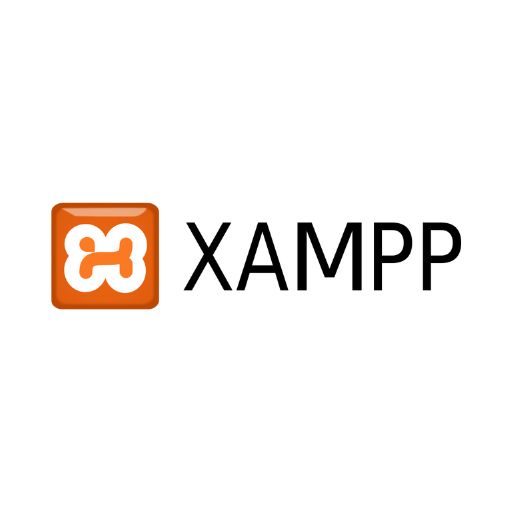What is XAMPP and How Its Work? Complete Guide

Apache Friends developed XAMPP, a cross-platform web server solution stack package that is available for free and open source. The acronym “XAMPP” stands for MariaDB/MySQL (M), Perl (P), PHP (P), Apache (A), and Cross-Platform (X). In essence, it is a collection of frequently used software elements for web development environments.
You can easily create a local web server environment on your PC with XAMPP, which enables you to create and test websites and web applications offline. It consists of PHP, Perl, MariaDB (a MySQL substitute database), and Apache HTTP Server. All of these elements work together to create a comprehensive environment for hosting dynamic websites and web apps created using PHP and other programming languages.
The simplicity and ease of installation of XAMPP is one of its key benefits. Accessible to a diverse spectrum of users, it is available for Linux, macOS, and Windows. Furthermore, developers who want a quick and easy solution to build up a local development environment without having to install each component separately sometimes use XAMPP for instructional purposes.
What is Apache
The Apache Software Foundation develops and maintains the popular open-source web server software known as Apache, also referred to as the Apache HTTP Server. It is one of the most widely used web servers available, supporting a significant percentage of websites across the globe.
Both static and dynamic material can be served across the World Wide Web via Apache. Numerous functions are supported by it, such as virtual hosting, URL rewriting, SSL/TLS encryption, authentication, and more. Because of its great extensibility and configurability, Apache lets users alter its behaviour with modules and configuration directives.
Some key features of Apache HTTP Server include
Multi-platform Support Apache is meant to function on a range of operating systems, including Windows, Linux, macOS, and Unix-based platforms.
Modularity Because Apache has a modular architecture, programmers can add modules to expand its capabilities. Many modules are available for adding support for various programming languages (e.g., Python, PHP), caching, authentication methods, and more.
Security Apache has strong security features, such as support for secure communication protocols, IP address and username-based access control, and SSL/TLS encryption.
Performance Apache is renowned for its performance and scalability, and it can effectively manage a high number of concurrent connections.
Flexibility Because of Apache’s great degree of adjustable behaviour, administrators can tailor it to meet their own set of needs. It provides a number of configuration directives and settings that regulate several features, including caching, logging, access control, and more.
All things considered, web developers, administrators, and organisations all over the world rely heavily on Apache HTTP Server as a strong and dependable web server solution to provide web content quickly and securely.
Web developers and other applications needing a database backend frequently employ MariaDB and MySQL, two open-source relational database management systems (RDBMS). As a fork of MySQL, MariaDB was initially drawn from the same codebase. Here is a quick synopsis of each.
MySQL MySQL was first created by MySQL AB, a Swedish startup that was later purchased by Oracle Corporation and Sun Microsystems. MySQL is renowned for its dependability, user-friendliness, and efficiency. Numerous storage engines are supported by it, including as MyISAM, InnoDB (the default), and others. Many dynamic websites and web apps are powered by MySQL, which is commonly used in web development.
MariaDB After doubts about MySQL’s future under Oracle’s direction surfaced, the original MySQL developers decided to fork the database and form MariaDB. MariaDB strives to enhance and provide new features without sacrificing compatibility with MySQL. With an emphasis on performance, stability, and security, it is intended to be completely open-source and community-driven. Because MariaDB and MySQL are binary compatible, most MySQL tools and applications can be used with MariaDB without any changes.
SQL, or Structured Query Language, is used by MariaDB and MySQL for data management and querying. Transactions, stored procedures, triggers, views, and other functionalities are supported by them. Both databases have a great degree of scalability and may be implemented in a variety of settings, from small-scale apps to expansive enterprise installations.
The decision between MariaDB and MySQL is frequently influenced by elements including the databases’ unique features and improvements, licencing requirements, community support, and compatibility needs. However, because of their similar histories and levels of compatibility, most users find switching from MariaDB and MySQL to be rather smooth.
The Techno Dev website provides the best Web Development solution.